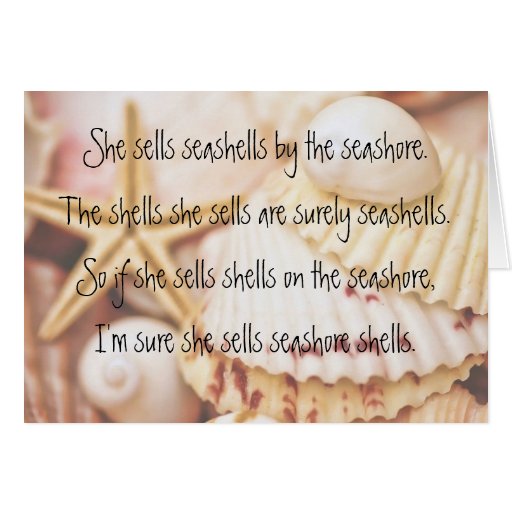Ya sabes, antes de añadir 'er' y 'est' a una palabra terminada en consonante + 'y', debes cambiar las 'y' por una 'i'.
SPELLING RULE: ENDING 'Y'
Ya sabes, antes de añadir 'er' y 'est' a una palabra terminada en consonante + 'y', debes cambiar las 'y' por una 'i'.
Spelling: SH vs S
Practise the different sounds with this tongue twister:

She sells seashells by the seashore.
The shells she sells are surely seashells.
So if she sells shells on the seashore,
I'm sure she sells seashore shells.

PRESENT CONTINUOUS
We use the Present Continuous to talk about things things that are happening in this moment, at the time we are speaking or the things we are doing right now.
Usamos el Presente Continuo para hablar de cosas que están pasando en este momento, mientras estamos hablando o de cosas que estamos haciendo ahora mismo.
He is reading a book (now). Él está leyendo un libro (ahora).
It is formed by the verb to be followed by a verb ending in -ing.
Se forma con el verbo to be seguido de un verbo terminado en -ing.
Let's see some examples:
Usamos el Presente Continuo para hablar de cosas que están pasando en este momento, mientras estamos hablando o de cosas que estamos haciendo ahora mismo.
He is reading a book (now). Él está leyendo un libro (ahora).
It is formed by the verb to be followed by a verb ending in -ing.
Se forma con el verbo to be seguido de un verbo terminado en -ing.
verb to be + infinitive + -ing
I am reading a book.
She is drinking water.
We are running in the park.
Notice the double -nn-. Some verbs double the ending consonant when they are formed by consonant-vowel-consonant.
Fíjate en la doble -nn-. Algunos verbos duplican la consonante final cuando están formados por consonante-vocal-consonante.
Veamos algunos ejemplos:
cut cutting
put putting
drop dropping
Watch the following video to learn more about the -ing form of the verbs and when do we use the -ing at the end of a verb.
Mira este vídeo para aprender más sobre la forma con -ing de los verbos y cuando usamos de -ing al final del verbo.
PRESENT SIMPLE
We use the Present Simple to talk about things we do every day or usually.
Usamos el Presente Simple para hablar de cosas que hacemos todos los días o habitualmente.
You usually play tennis. Vosotros jugáis al tenis habitualmente.
Watch this video to understand it better:
Usamos el Presente Simple para hablar de cosas que hacemos todos los días o habitualmente.
I wake up at 8 o'clock. Yo me levanto a las 8.
We use expressions like every day, on Mondays and in the mornings with the present simple.
Usamos expresiones como todos los días, los domingos y por las mañanas con el presente simple.
You usually play tennis. Vosotros jugáis al tenis habitualmente.
Watch this video to understand it better:
Mira este vídeo para enterderlo mejor:
Suscribirse a:
Comentarios (Atom)
